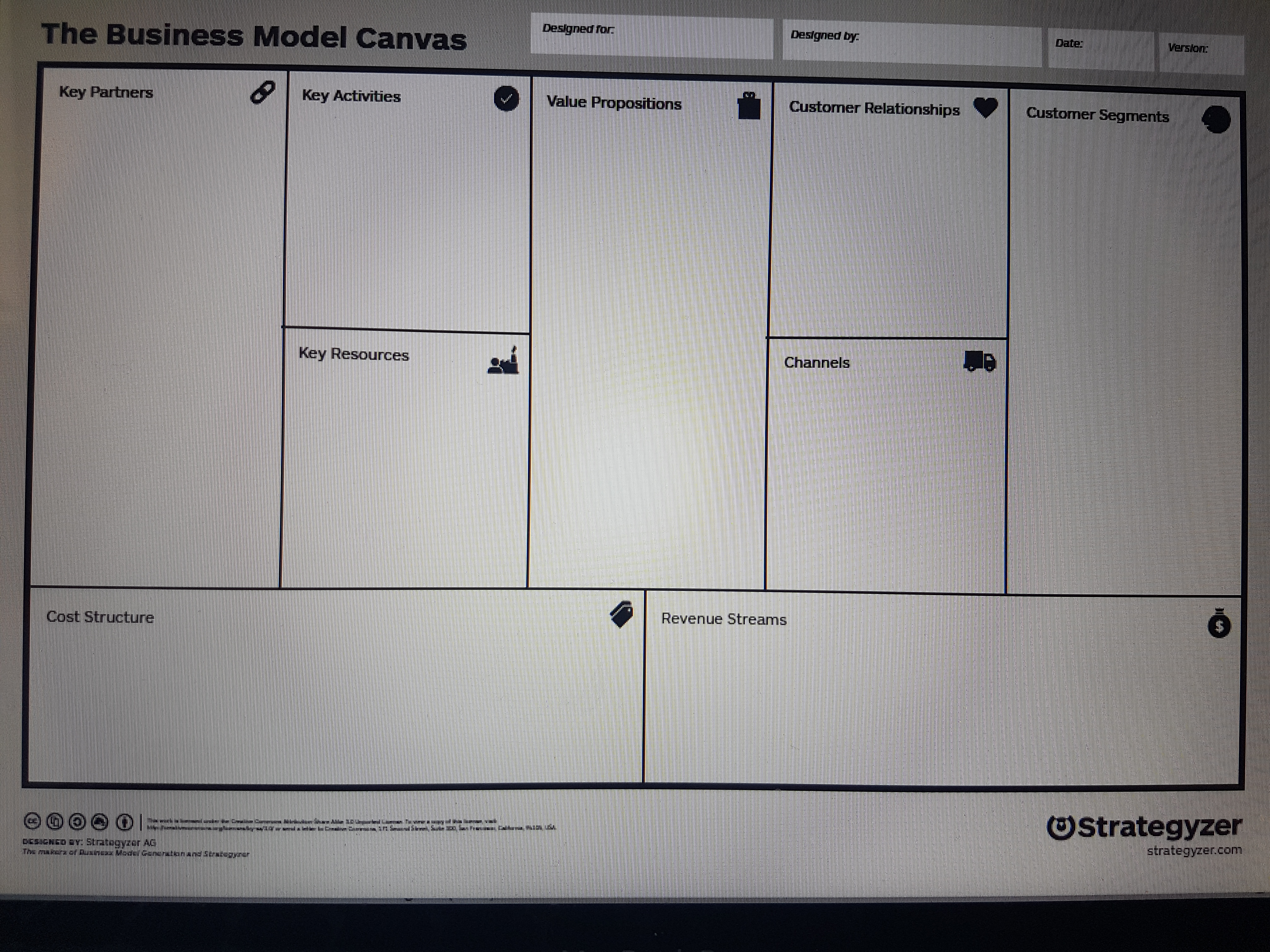Earlier this week, MACE students went to the London Design Festival Biennale at the Somerset House. This was an interactive exhibit with the theme of “Emotional States.” Countries submitted projects and were each given a room in which to display their work.
Before going to this exhibit, I had never really thought of countries as having emotional states. Do the emotional states of countries always come from the people, and if not, what are the other factors that contribute?
Some rooms were a reflection of that country’s current emotional state, some tried to get the visitors in a certain emotional state that may or may not have had anything to do with that country’s emotional state. Some were fluid states, some were static. Most countries focused on their present emotional state but some exhibits went further and also showed their outlook on their emotional state. It could be said that all the countries were in an emotional state of growth.
After leaving the exhibit I was left with some questions. What if a place/building/company/product/service was designed with an emotional state in mind? Can a business have or be designed around an outlook that would connect it with customers? Are there products and services (outside of art) that could be designed for the sole purpose of a specific emotion/emotional state?
It wasn’t until we had our first lesson on business models that I was able to work out some answers (sort of). I don’t want to say the answer is ‘no’ because that goes against what I’ve learned so far about creativity and innovation. However, it is proving difficult to assign value to an emotion. A customer would of course gain something from feeling a positive emotion (such as happiness) but is this emotion really a ‘job to be done’ or a tool that the customer could use to accomplish something? Looking back at the business model canvas that we used in class, it’s hard to see emotion fitting in anywhere. Because it is so hard to quantify the value of emotion, it wouldn’t fit in with the value proposition nor the revenue streams (two of the most important components of a business model). This creates a major roadblock. However, if one could find a way to assign value to emotion then one could, theoretically, build a business model around it.

photo credit: Claudia Weaver
References
Christensen, C, Hall, T, Dillon, K, & Duncan, D (2016). ‘Know Your Customers’ “Jobs to Be Done”. (cover story)’, Harvard Business Review, 94, 9, pp. 54-60
Some excellent observations and questions raised – we will raise this in class and open for discussion. I would argue that emotions are/have to be embedded in the best value propositions… Look forward to discussing!
LikeLike
Reblogged this on MA Managing in the Creative Economy – MACE and commented:
Kristen’s post raises several excellent questions we will be working on throughout the year. Look forward to class debates!
LikeLike